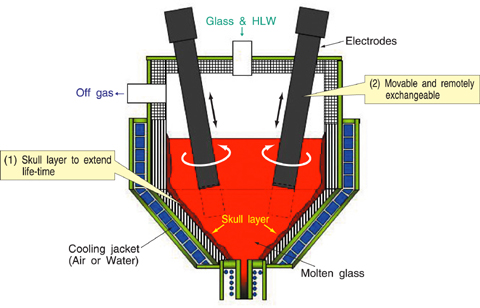
Fig.8-2 Outline of advanced melter and development objectives
In a vitrification melter, borosilicate glass cartridges filled with high level radioactive liquid waste (HLW) are fed directly into a melter and melted at high temperature around 1150°C. Thus, the refractory melter wall is gradually corroded by the high temperature glass.
The Tokai Vitrification Facility (TVF) melter is designed to be exchanged every five years because of corrosion of its electrodes and refractory wall.
The objective of this development is to extend vitrification melter life-time from the 5 year standard upon which current design is based to 20 years to reduce the economic burden of high level radioactive waste management, by applying advanced technologies (Fig.8-2).
Development of a new long-life vitrification melter for this purpose is focused on establishing measures for preventing corrosion of the refractory and electrode, and preventing accumulation of noble metal particles at the bottom of the melter.
The new melter wall structure, which forms a skull layer (a solid glass layer or low-temperature high viscosity melted glass layer) on the wall by cooling the wall, is being considered as a measure against refractory wall corrosion. To prevent electrode corrosion, a "commutative electrode structure" is being considered. This structure avoids fixing the current electrodes within the refractory wall by inserting them from the top of the melter in an exchangeable configuration.
Moreover, basic tests of the corrosion rate are being carried out for data on candidate materials for the refractory and the electrode.
In the advanced melter, good drainage of noble metal will be attained by special temperature control of melted glass in the lower part of the melter. Viscosity of glass changes according to glass temperature and concentration of noble metal. Thus we are continuing to gather basic data in our laboratory. In a normal condition, glass temperature of a conical chamber decreases as the radius decreases. To drain noble metal smoothly, higher glass temperature along the wall of conical part than inside is necessary. Glass viscosity along wall then becomes lower than that of glass near the center, resulting in flow of accumulated noble metal rich glass along the wall and out of the melter. We call this temperature distribution mode the "reverse viscosity operation mode".
We started advanced melter development in 2005 and will promote melter design and related R&D activity until 2008, aiming to determine the most feasible melter concept design.
<Previous: 8 Nuclear Fuel Cycle Technological Development | Next: 8-2 >